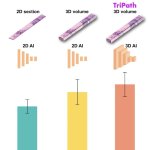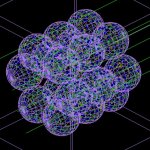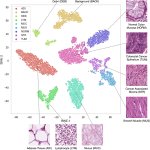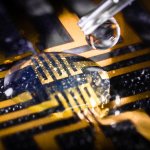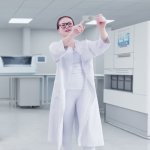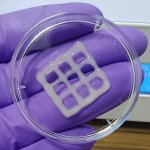
News • Sticky, yet promising research
3D printing lung tissue from mucus-based bioink
Researchers have created a mucus-based bioink which can be used for 3D printing lung tissue. This advance could one day help study and treat chronic lung conditions.




